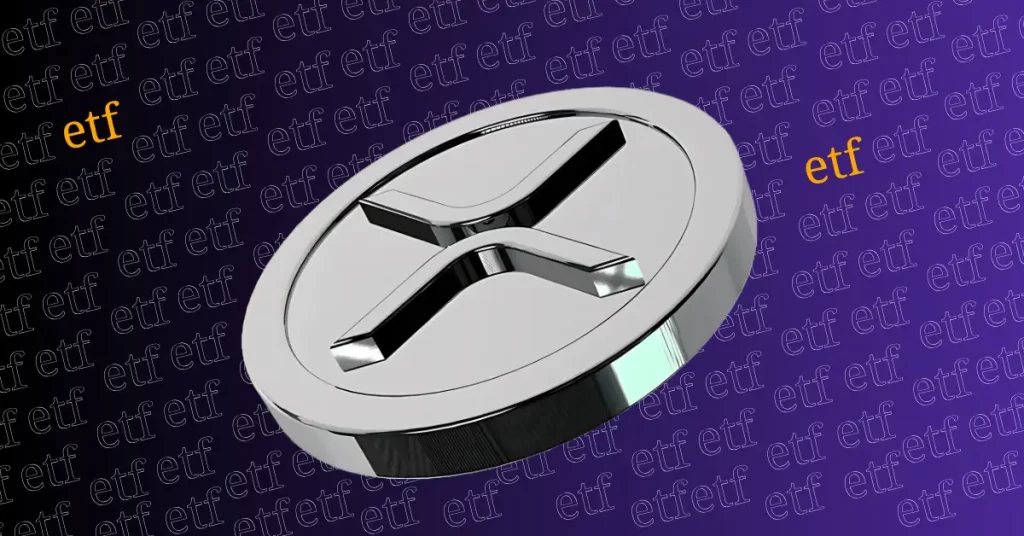Since its inception, blockchain technology has seen an explosion in products, projects, and use cases and has managed to attract millions of users. However, the industry is dispersed and seems to have lost focus on the problems it tries to solve. Innovation still runs deep on the blockchain-based industry within a select group of projects with a deeper understanding and vision on the future of its underlying technology: to become the future of the internet. In that sense, the Flux ecosystem has emerged as a tough competitor to become the infrastructure that will support that future. This suite of decentralized computing and blockchain-as-a-service (BaSS) solutions with similarities to the Amazon Web Service (AWS) is comprised of its own cloud operating system based on Linux called FluxOS, a Proof-of-Work (PoW) utility cryptocurrency, and enterprise-grade server hardware hosting the Fluxnode network and the entire ecosystem. Every component on the network operates in perfect harmony to create the right incentives that power the Flux ecosystem, mitigate bad actors from attacking it, provide users with an on-chain governance model, and reward miners, node operators and holders. The Flux ecosystem is one of those projects with a long-term vision of onboarding new users into the crypto space by providing real solutions, a critical infrastructure that can support it, easy interoperable development tools, and a vast inventory of use ...










